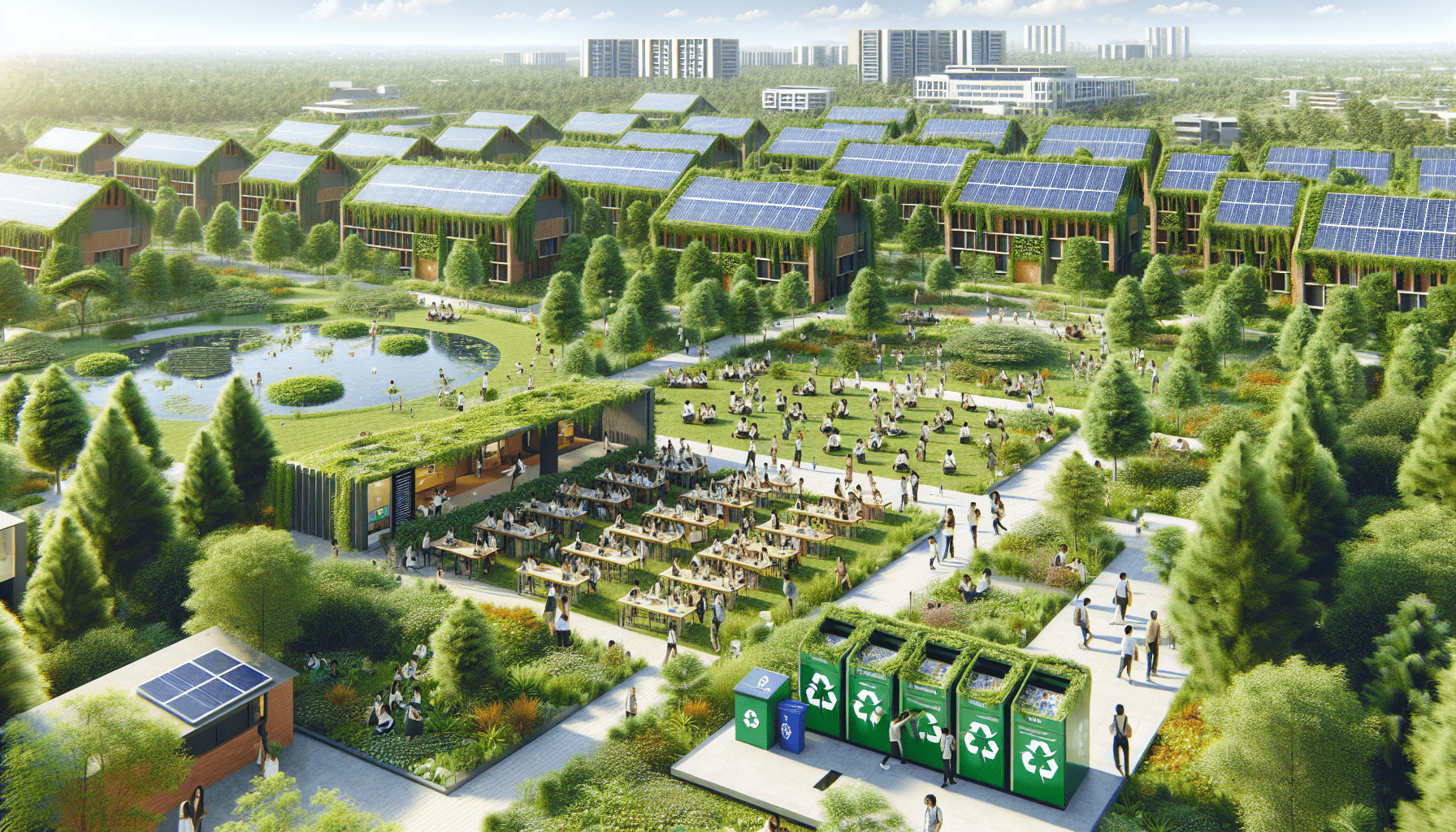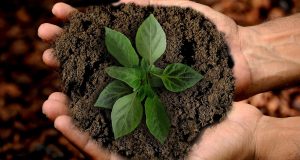Have you ever wondered how institutions of higher learning can play a more significant role in promoting sustainability? As global environmental challenges become more pressing, universities and colleges have a unique opportunity to lead by example and incorporate sustainable practices into every aspect of their operations. In this article, we will explore the best practices for promoting sustainability in higher education.
Understanding Sustainability in Higher Education
Sustainability in higher education refers to the integration of sustainable principles and practices into the campus environment, curriculum, research initiatives, and community engagement. This holistic approach not only reduces environmental impact but also prepares students to be conscientious global citizens.
The Importance of Sustainability
Sustainability is no longer just a buzzword; it’s a necessary shift in how we interact with our environment. Higher education institutions have a responsibility to lead in this area by:
- Reducing carbon footprints: Minimizing greenhouse gas emissions from campus operations.
- Conserving resources: Using energy, water, and materials efficiently.
- Enhancing education: Integrating sustainability into the curriculum prepares students for future challenges.
Best Practices for Sustainable Campus Operations
Promoting sustainability requires a multipronged approach that includes energy efficiency, waste management, transportation, and green building standards. Let’s break down these elements to understand how they contribute to a sustainable campus.
Energy Efficiency
Energy consumption is a major source of greenhouse gas emissions on campuses. Here are some effective strategies:
- Energy Audits: Regularly conduct energy audits to identify areas of inefficiency.
- Renewable Energy Sources: Invest in solar, wind, and geothermal energy.
- LED Lighting: Replace traditional bulbs with energy-efficient LED lighting.
- Smart Thermostats: Use programmable thermostats to optimize heating and cooling.
Table: Comparing Traditional Lighting vs. LED Lighting
| Feature | Traditional Lighting | LED Lighting |
|---|---|---|
| Energy Consumption | High | Low |
| Lifespan | 1,000 hours | 25,000 hours |
| Maintenance Costs | High | Low |
| Environmental Impact | High | Low |
Waste Management
Effective waste management reduces landfill use and promotes recycling and composting. Key practices include:
- Recycling Programs: Establish comprehensive recycling programs for paper, plastic, glass, and metals.
- Compost Facilities: Set up composting facilities for organic waste.
- Electronic Waste Disposal: Provide proper disposal methods for e-waste.
- Reuse Initiatives: Promote programs for donating or reusing items like furniture, books, and office supplies.
Sustainable Transportation
Encouraging sustainable transportation options can significantly reduce the carbon footprint of a campus. Consider:
- Bicycle Programs: Provide bike-sharing programs and secure bike parking.
- Public Transit: Offer subsidized public transportation passes.
- Electric Vehicle Charging: Install EV charging stations.
- Carpooling: Facilitate car-sharing and carpooling programs.
Green Building Standards
Adopting green building standards ensures that new constructions and renovations meet sustainability criteria. Practices include:
- LEED Certification: Aim for buildings to be LEED-certified.
- Sustainable Materials: Use materials that are recycled, renewable, and non-toxic.
- Water Conservation: Incorporate water-efficient fixtures and irrigation systems.
- Indoor Air Quality: Ensure proper ventilation and use low-emission products.

Incorporating Sustainability into the Curriculum
To truly promote sustainability, educational institutions must integrate these principles into their teaching and learning.
Interdisciplinary Courses
One way to do this is by offering interdisciplinary courses that cover sustainability from different perspectives such as science, economics, and social studies.
Research Opportunities
Encouraging research on sustainability topics not only advances knowledge but also brings practical solutions to environmental challenges.
Service Learning
Service-learning projects allow students to engage with the community while solving real-world environmental problems.
Engaging the Campus Community
A sustainable campus requires the participation of the entire community, from students to faculty and staff. Here’s how to foster widespread engagement.
Sustainability Committees
Forming sustainability committees with representatives from different campus groups can help coordinate efforts and ensure everyone has a voice.
Green Offices
Creating green offices and departments can set an example and encourage sustainable practices across campus. These offices can:
- Monitor Progress: Track sustainability goals and achievements.
- Educational Programs: Offer workshops, lectures, and training sessions.
- Communication: Keep the community informed through newsletters and social media.
Student Involvement
Students are often passionate about sustainability and can be powerful advocates. Encourage student involvement through:
- Clubs and Organizations: Support student-led sustainability groups.
- Events and Initiatives: Organize events like Earth Day celebrations, sustainability fairs, and green challenges.
- Volunteer Opportunities: Provide chances for students to volunteer in sustainability projects on and off-campus.

Sustainable Food Systems
Food systems on campus can also contribute to sustainability. Here are some best practices:
Local and Organic Sourcing
Prioritize purchasing food from local and organic sources to reduce the carbon footprint associated with food transport and support sustainable agriculture.
Reducing Food Waste
Implement measures to reduce food waste such as:
- Portion Control: Offer smaller portions or customizable serving sizes.
- Food Recovery Programs: Donate surplus food to local charities.
- Composting: Compost food scraps from dining halls.
Sustainable Dining Operations
Adopt sustainable practices in dining operations, including:
- Reusable Dishware: Use reusable instead of disposable dishware and utensils.
- Sustainable Packaging: Opt for packaging that is compostable or recyclable.
- Water Conservation: Implement water-saving devices in kitchens.
Partnerships and Collaboration
Collaboration with external partners can amplify sustainability efforts. Consider partnerships with:
- Local Governments: Coordinate with local municipalities on sustainability initiatives.
- Nonprofits: Work with environmental nonprofits to leverage their expertise and resources.
- Businesses: Partner with companies that have strong sustainability records for internships and joint projects.
Monitoring and Reporting
To ensure accountability and measure progress, it’s crucial to monitor and report on sustainability efforts.
Sustainability Dashboards
Use sustainability dashboards to track metrics such as energy usage, waste reduction, and carbon footprint.
Annual Reports
Publish annual sustainability reports that outline goals, achievements, and areas for improvement. Transparency in reporting builds trust and engagement within the campus community.
Third-Party Certifications
Pursuing third-party certifications for sustainability practices, such as LEED or ISO 14001, can validate efforts and provide benchmarks for improvement.
Continual Improvement
Sustainability is an ongoing process that requires continual assessment and improvement. Regularly review and update sustainability plans, set new goals, and celebrate milestones to maintain momentum and encourage participation.
Conclusion
By adopting these best practices, higher education institutions can effectively promote sustainability and lead the way toward a more sustainable future. It’s a collective effort that involves everyone on campus, contributing to a healthier planet and a more equitable society. Let’s take these insights and work together to make our campuses more sustainable, inspiring future generations to value and protect our world.



